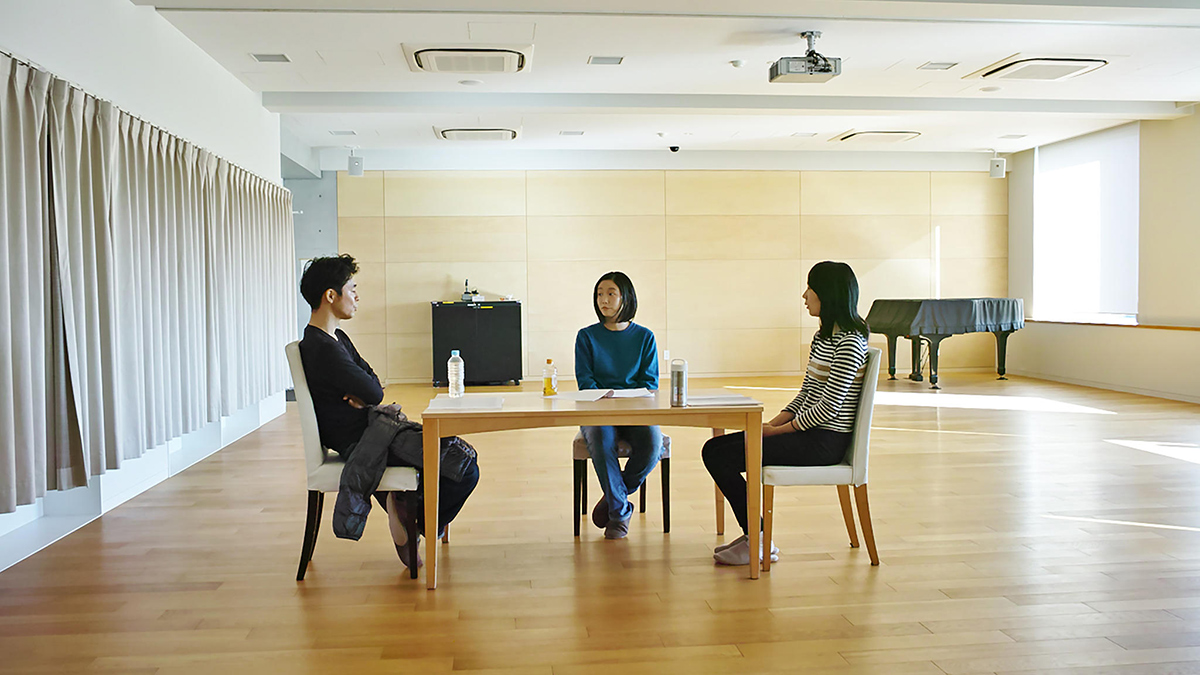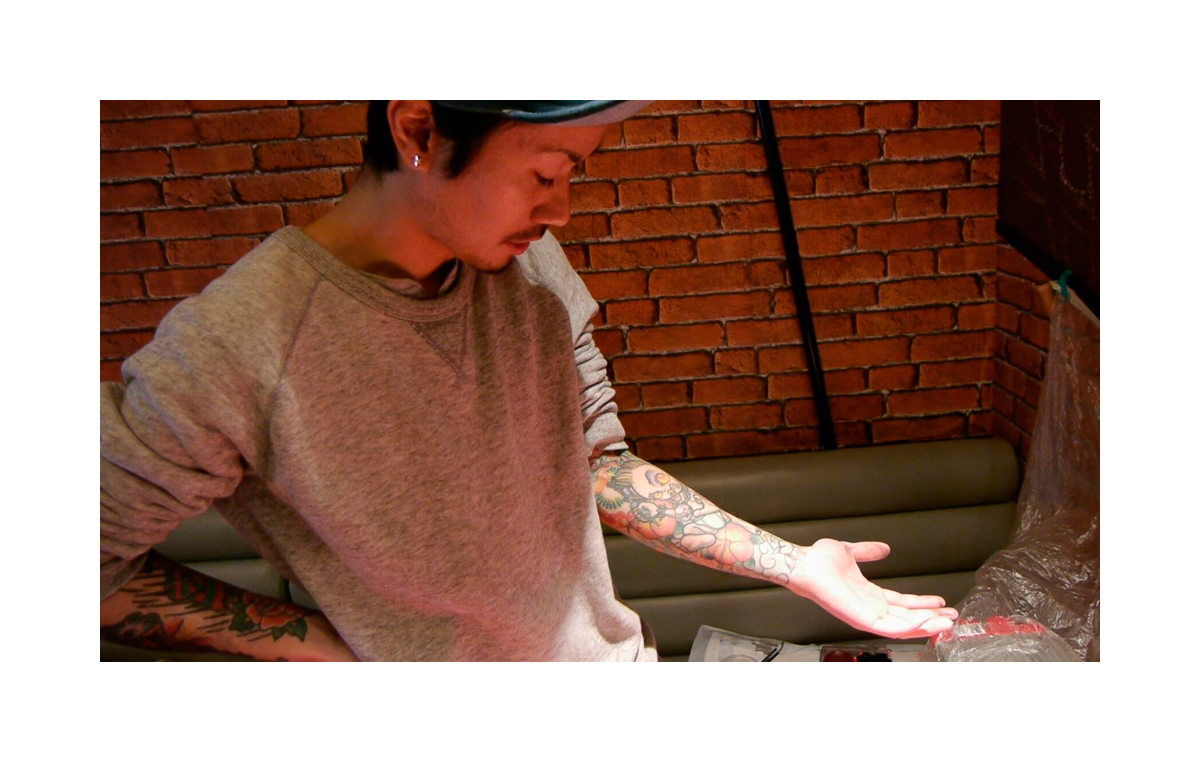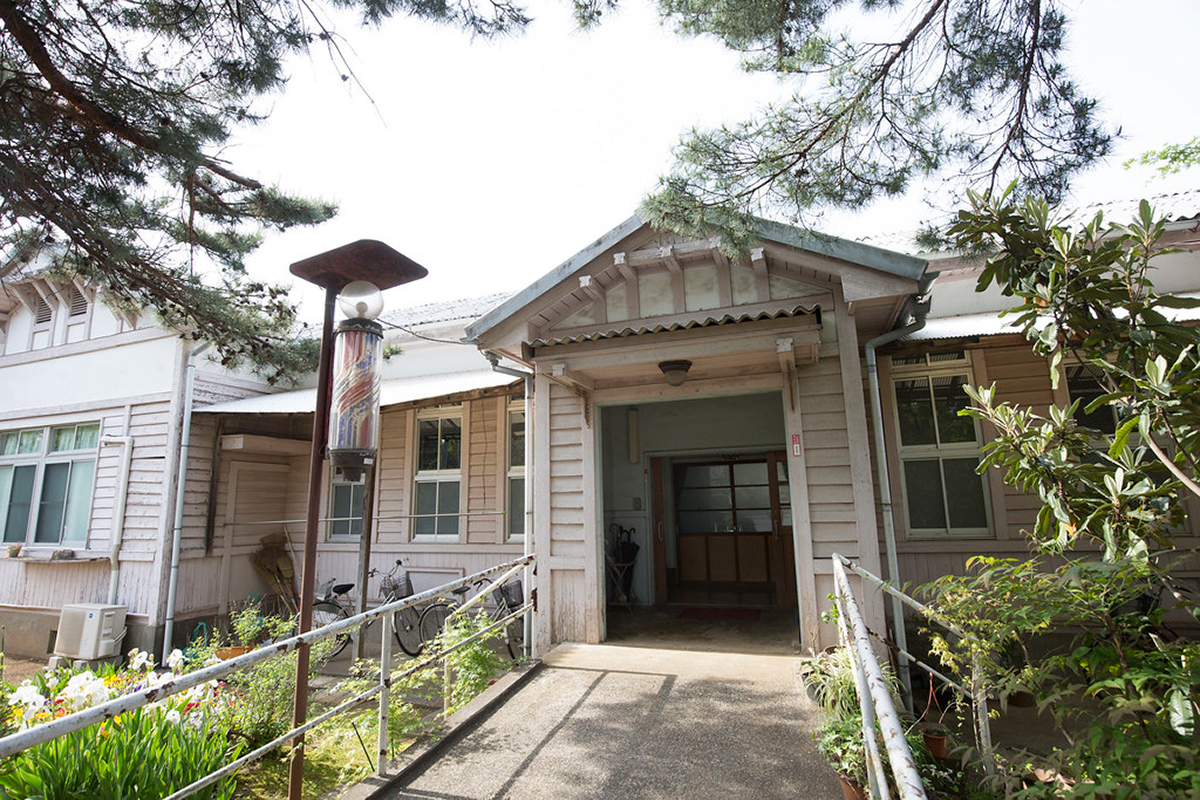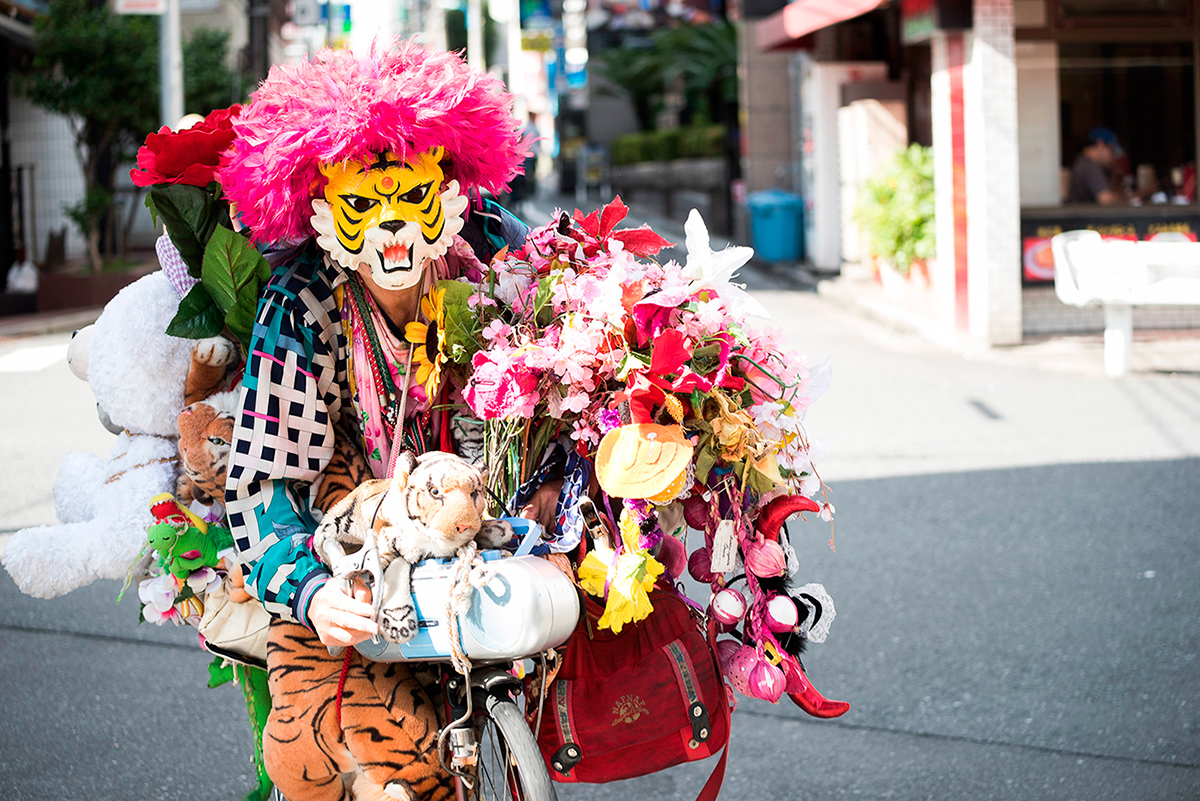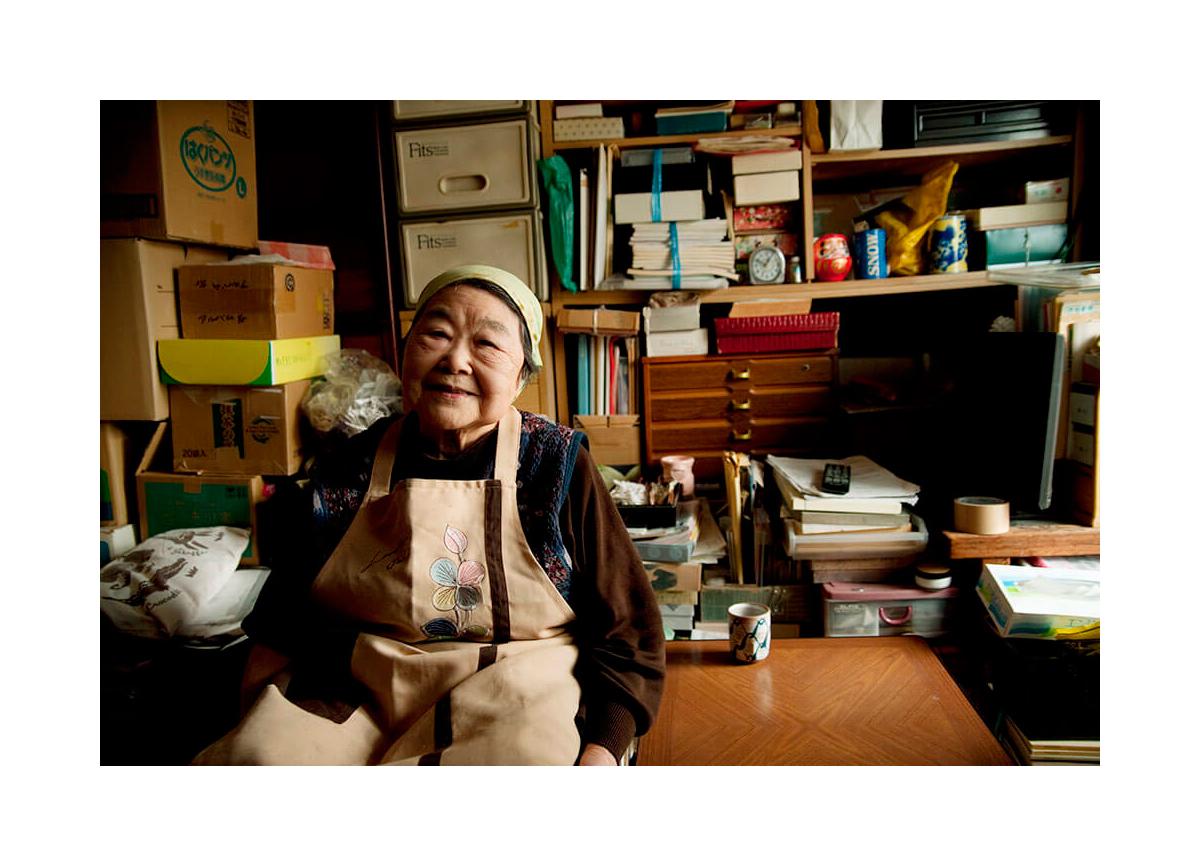Sayounara
High school student Yuki lived a peaceful, uneventful life until one day Aya, her classmate since middle school, is killed in a car accident. Her other classmates were at the beginning saddened by Aya’s death, but when a rumor Aya killed herself is spread, their sudden change in attitude causes turmoil among them. Yuki stands up to a classmate who is maligning Aya and as a result is ostracized by the rest of the girls in her class. Meanwhile, unexpected repercussions also begin to spread among the relationships of Yuki’s classmates. Ishibashi Yuho directed her first independent film while attending Toyo Gakuen University. Her 2015 short Bokura no Saigo was screened at numerous film festivals in Japan. She followed with several more short movies which have garnered attention in one form or another including 2016’s Sorekara no Koto, Korekara no Koto starring Imou Haruka all while working a number of part-time jobs over those years. Apparently still employed at a job unrelated to the film industry, making her debut feature was also fraught with the challenges of independent …


